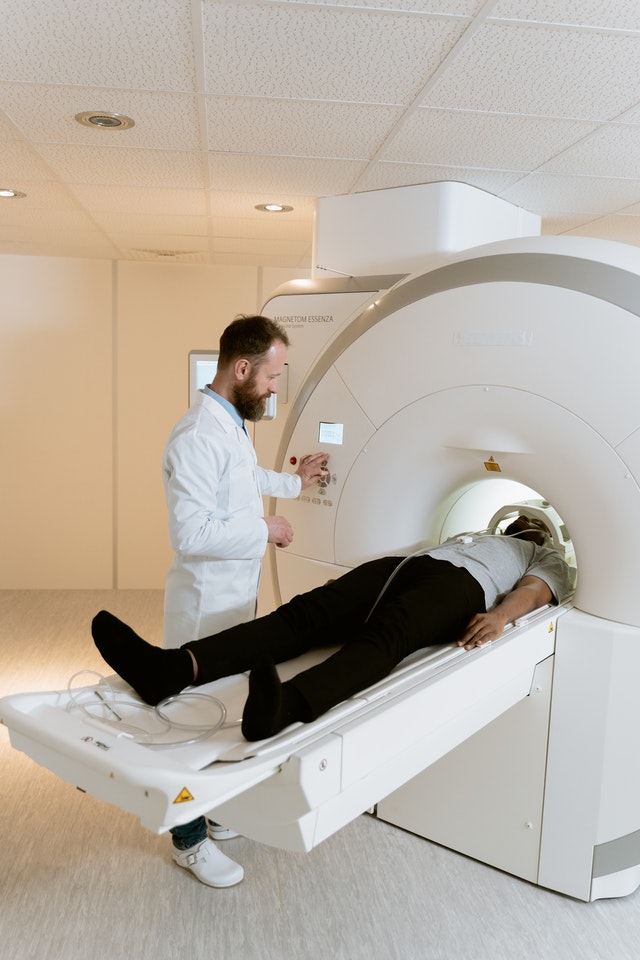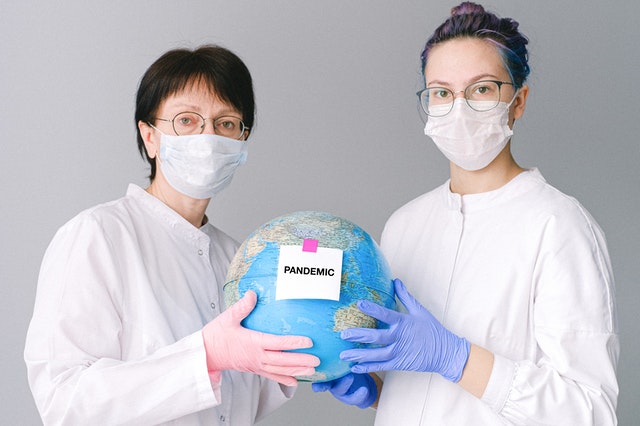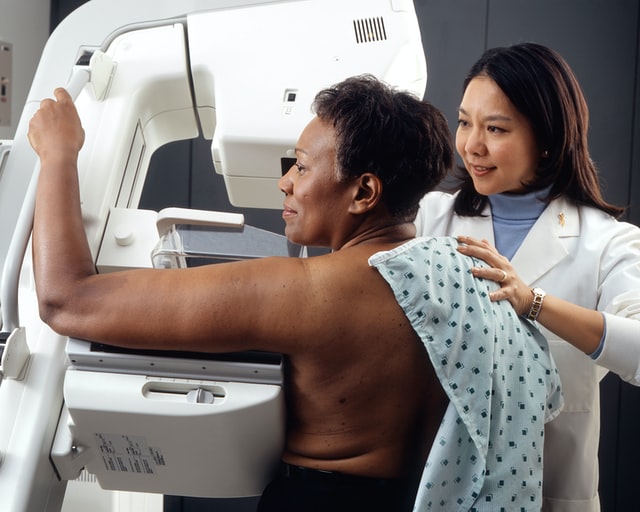Thanking Radiology Technicians
Earlier this month, the nation observed National Radiologic Technology Week (NRTW) but we believe this celebration really should be all year round.
Radiology technicians are wonderful. They are also smart to have chosen their profession. In addition to having one of the most diverse and interesting jobs, the median annual wage for magnetic resonance imaging technologists was recently at $74,690, and the job market is expected to grow 9% by 2030.

In simple terms, a radiology technician’s job is to produce images of inside the human body. They are known by various titles including x-ray technologist, radiographer, radiologic technologist, and rad tech. Specific titles in certain fields of radiology are sonographer, CT technologist, MRI technologist, and nuclear medicine technologist. Regardless of their title, they all take images mainly of the chest, abdomen, hands, and feet. Some technicians perform an imaging process called fluoroscopy. This process involves injecting or swallowing dye and is done in real-time as a doctor examines a patient. Radiological technologists perform various imaging services ranging from computer tomography to magnetic resonance imaging (MRI) and more. All of these services are categorized as diagnostic imaging or medical imaging and aid in diagnosis and treatment.
During the COVID-19 pandemic, the role of the radiology technician involved a high level of risk. As frontline workers, they knowingly submitted themselves to possible exposure to pathogens to attain the needed chest x-rays of critically ill patients. Their dedication is beyond admirable. Their skill set of conducting the necessary imaging, cross-checking information, and reporting examination results was vital in saving lives. In addition, their consent to subject themselves to possible radiation exposure and COVID-19 infection to aid a diagnosis demonstrates the impeccable character of these professionals.
Despite implementing the highest level of Personal Protective Equipment (PPE) and safety protocols, the possibility of infection, and ultimately death, was always present. Many radiology technicians did die due to their daily work. Astonishingly, many continued despite having lost loved ones and co-workers. Knowing death was always a possibility and moving forward with their job in spite of it categorizes these brave workers as being highly revered and even prized instrumental warriors in the fight against COVID-19.

The information radiographers have compiled throughout the pandemic has helped determine the most effective path to take in combating it. Not only does imaging indicate early detection of COVID-19, but it also provides information on other supplementary diagnoses and follow-up of critically ill patients.
One study compared the number of early detection chest CT scans and chest x-rays from March 2019 – March 2020 to March 2020 – March 2021. The results showed an exponentially higher number of scans for the second group. Although these results proved the scanner’s sensitivity for early diagnosis of COVID-19, they also indicated an unnecessarily high and dangerous level of radiation exposure to patients and radiographers. When submitted to the World Health Organization (WHO) to determine a safe level of radiation for patients and workers, these results aided the WHO to comprise a Rapid Advice Guide for The Use of Chest Imaging in COVID-19.
Thanks to the radiology technicians who performed these examinations and compiled this data, this guide was possible. Now, radiographers and patients can be safer.
The interesting and varied jobs they get to do along with the safeguarding they practice and the attitude they bring to their work shows that radiology technicians are totally rad!
